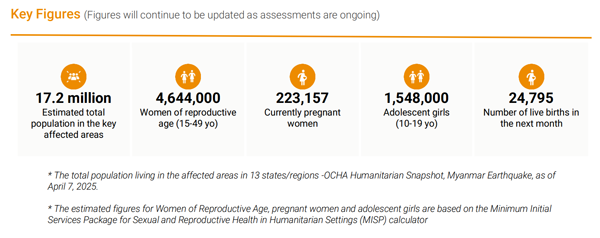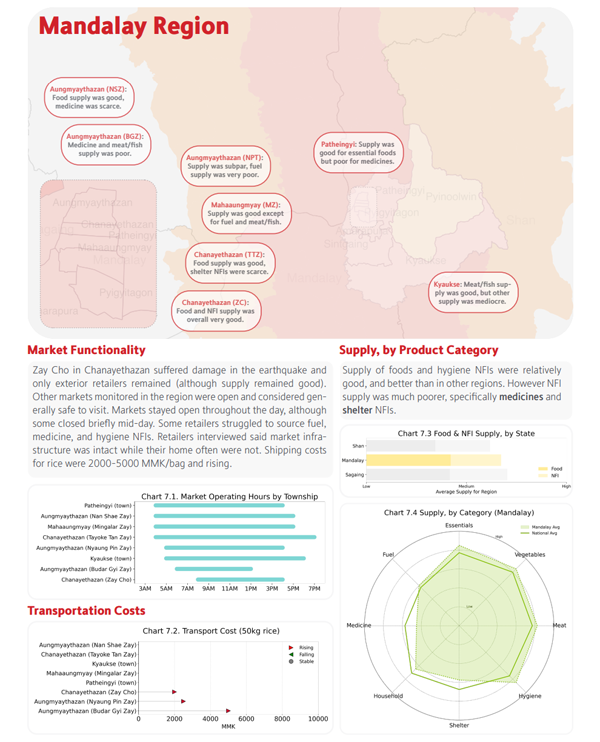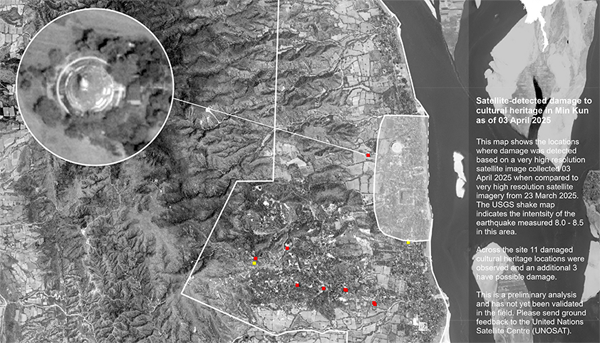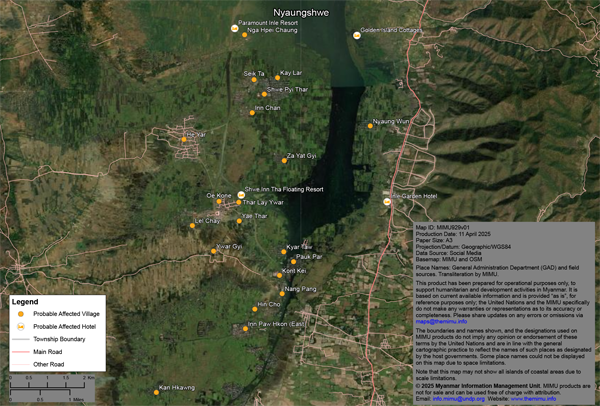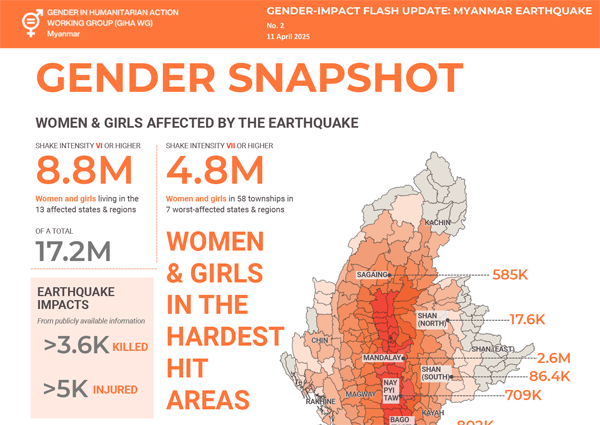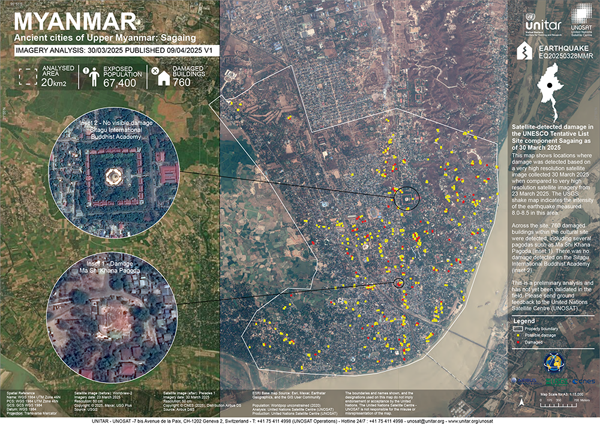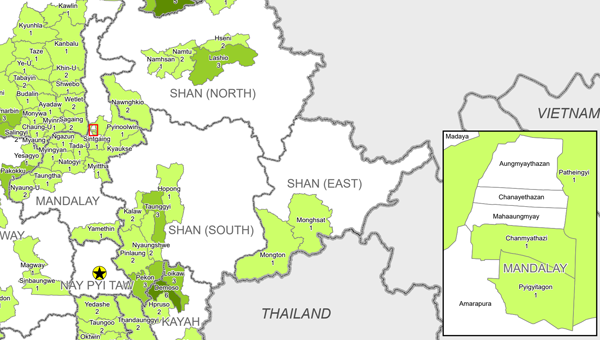In the aftermath of a major disaster like the recent earthquake, an early recovery approach takes place during a transition period that represents a vital bridge between emergency relief and longer term development and is crucial to the first efforts of the community to recover and build their resilience.
As one of the few partners with extensive field presences and area based programmes, UNDP is well positioned to gather data and provide immediate quick impact localized responses. UNDP’s vast network of civil society partners enable extended reach into remote more rural areas that are also affected. Furthermore, UNDP can coordinate closely with humanitarian actors, including sharing vital data and teaming with on ground presence.
UNDP’s early recovery priorities include:
- Restarting micro and small enterprises
- Repairing vital public infrastructure
- Debris and waste management
- Technical and Vocational Education and Training (TVET)
- Renewable Energy Solutions
- Rapid socio economic analysis and assessments
Read more on UNDP’s immediate response and early recovery priorities in this document.

